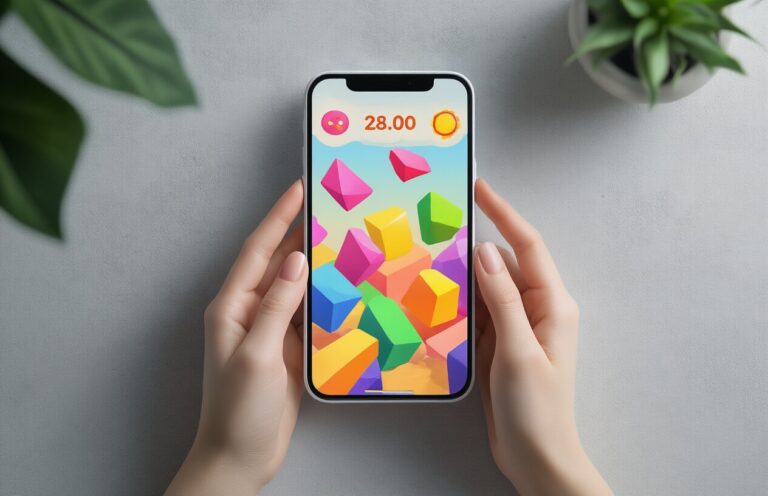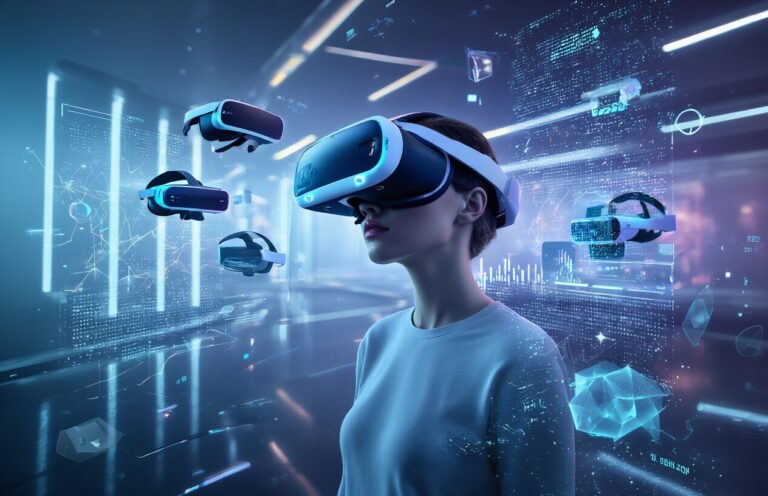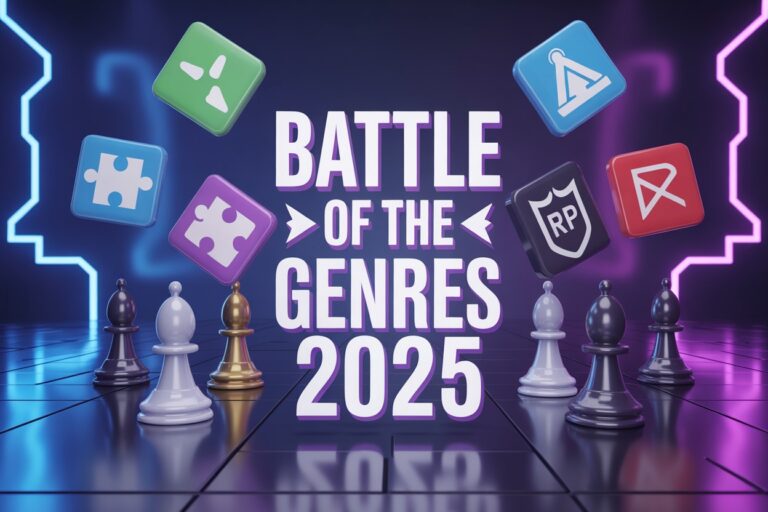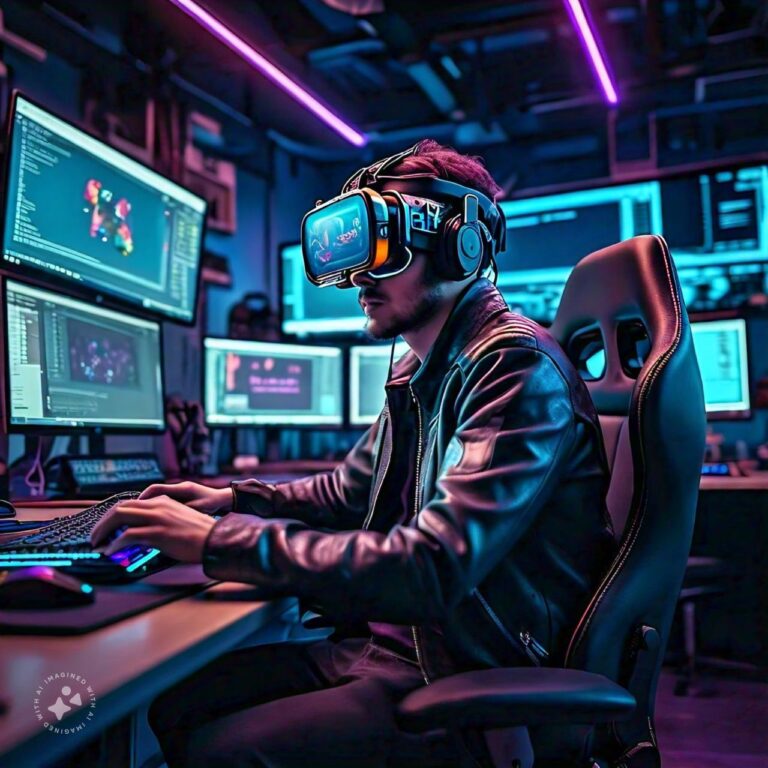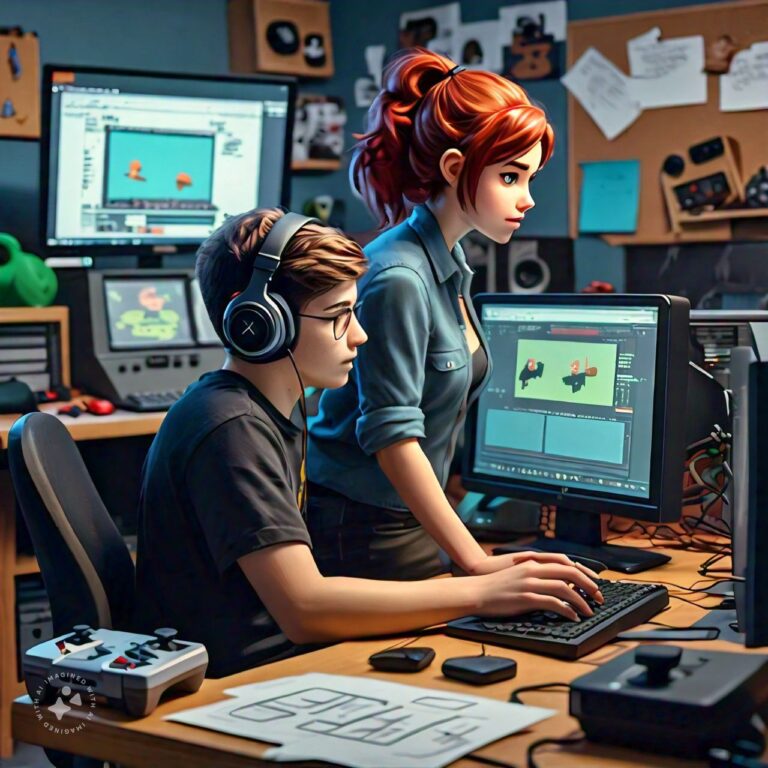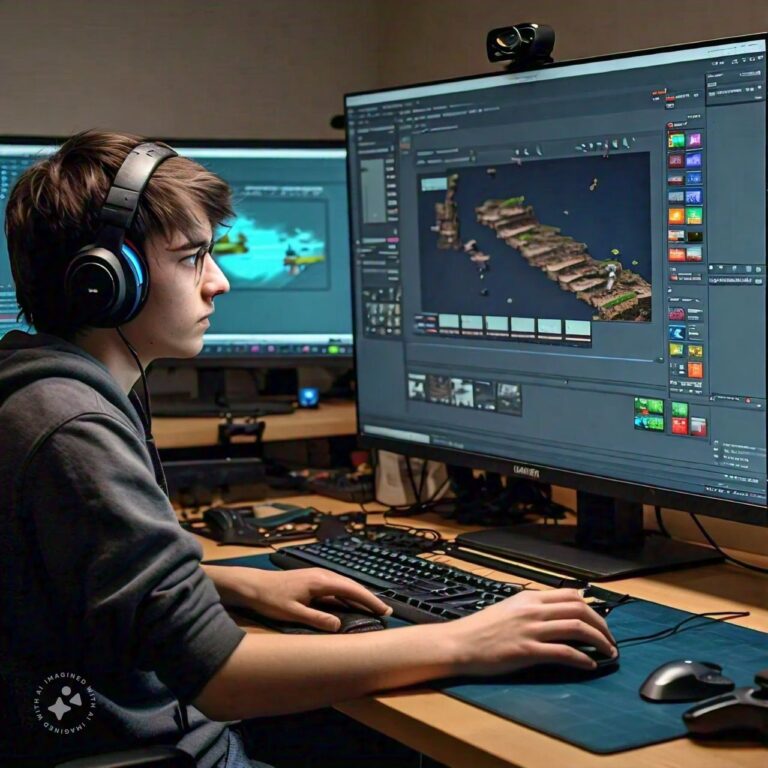The gaming industry has always thrived on innovation—from 8-bit classics to hyper-realistic open worlds. In 2025, Artificial Intelligence (AI) is emerging as the most disruptive force in game development. With AI-powered tools, developers can design faster, reduce costs, and create more immersive player experiences.
But how exactly is AI changing the way games are built? Let’s dive into the impact of AI tools on the game development lifecycle.
1. AI in Game Design & Prototyping
Traditionally, designing a game concept and building prototypes took months. Now, AI-powered design assistants help studios:
- Generate game levels and environments with procedural content generation (PCG).
- Suggest game mechanics based on player data and genre trends.
- Rapidly create playable prototypes for testing.
💡 Example: Scenario AI and ChatGPT-like narrative tools help designers draft storylines, quests, and dialogue in minutes.
2. AI in Art & Asset Creation
Creating high-quality 2D/3D assets is expensive and time-consuming. AI tools are making asset creation faster:
- AI Image Generators (like MidJourney, Stable Diffusion) for concept art.
- 3D Model Generators that auto-create textures, characters, and props.
- Style Transfer AI to apply artistic effects across entire game scenes.
🎨 Result: Small studios can now achieve AAA-quality visuals without massive art teams.
3. AI in Animation & Motion Capture
Motion capture has been a costly process, but AI is changing this:
- AI-driven animation tools convert 2D sketches into 3D motion.
- Developers can generate realistic NPC behaviors without recording human actors.
- AI predicts smooth character animations, reducing manual keyframing.
💡 Example: Unity’s AI Motion tools and RADiCAL AI-driven mocap systems.
4. AI for Smarter NPCs & Gameplay
NPCs (non-playable characters) have always followed predictable patterns. With AI, they now:
- Adapt to player actions in real time.
- Show emotions and realistic conversations powered by NLP (Natural Language Processing).
- Create unpredictable challenges that feel alive.
🎮 Imagine NPCs that learn and evolve with every playthrough, giving players unique experiences every time.
5. AI in Testing & QA
Game testing is one of the most tedious stages of development. AI automates it by:
- Running thousands of automated playthroughs to detect bugs.
- Predicting performance issues before release.
- Helping QA teams save hundreds of hours in manual testing.
💡 Example: Ubisoft’s AI tool “Commit Assistant” predicts bugs before code is merged.
6. AI in Player Personalization
Games are becoming more personal, thanks to AI-driven insights.
- AI tailors difficulty levels based on player skill.
- Suggests in-game purchases (skins, upgrades) with predictive analytics.
- Customizes storylines and missions for each player.
Result: Higher player engagement, retention, and monetization.
7. Future of AI in Game Development
Looking ahead, AI will continue to push gaming boundaries:
- Fully AI-generated worlds that evolve endlessly.
- AI co-creators that collaborate with developers like teammates.
- Smarter virtual economies with AI-driven market dynamics.
- Cloud-based AI tools that democratize AAA-quality development for indie studios.
📊 The global AI in gaming market is expected to surpass $12 billion by 2030, highlighting its massive growth potential.
Conclusion
AI isn’t here to replace game developers—it’s here to empower them. From art and animation to testing and personalization, AI tools are making development faster, smarter, and more accessible.
For players, this means richer stories, smarter NPCs, and infinite worlds to explore. For developers, it means more creativity with fewer barriers.
👉 At Interactive Warriors Studio, we’re embracing AI-powered development to craft immersive gaming experiences for the future.


